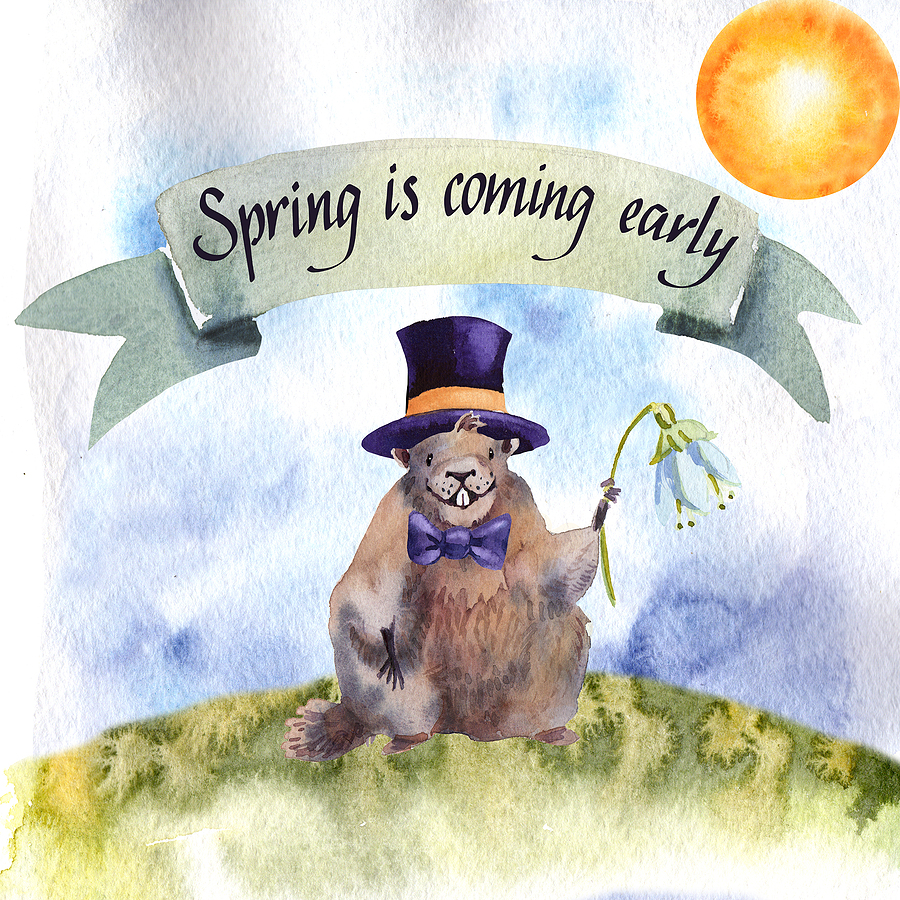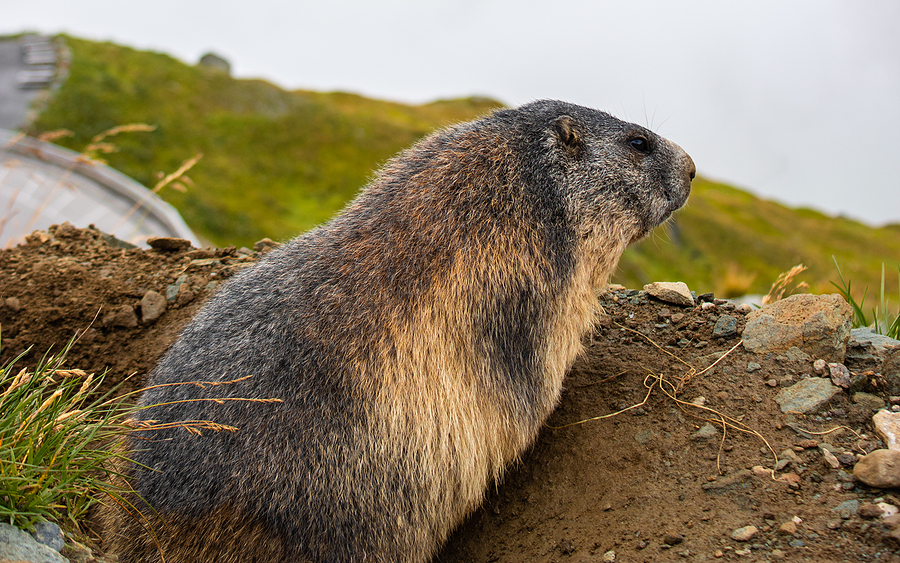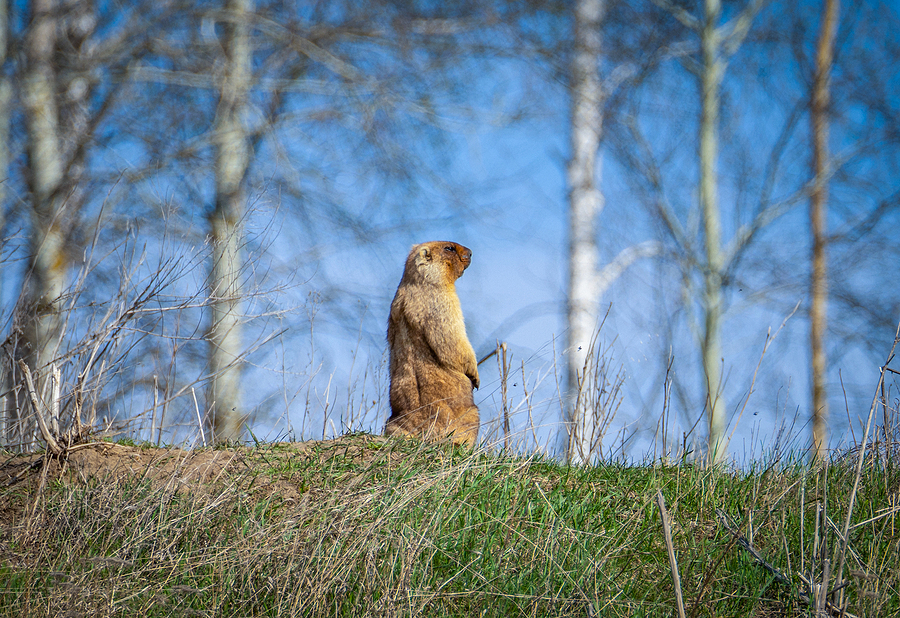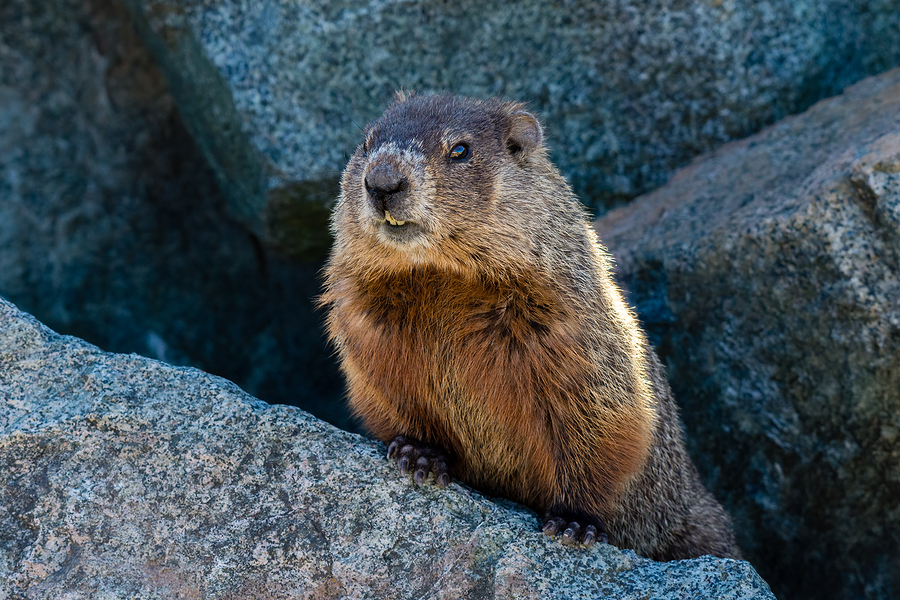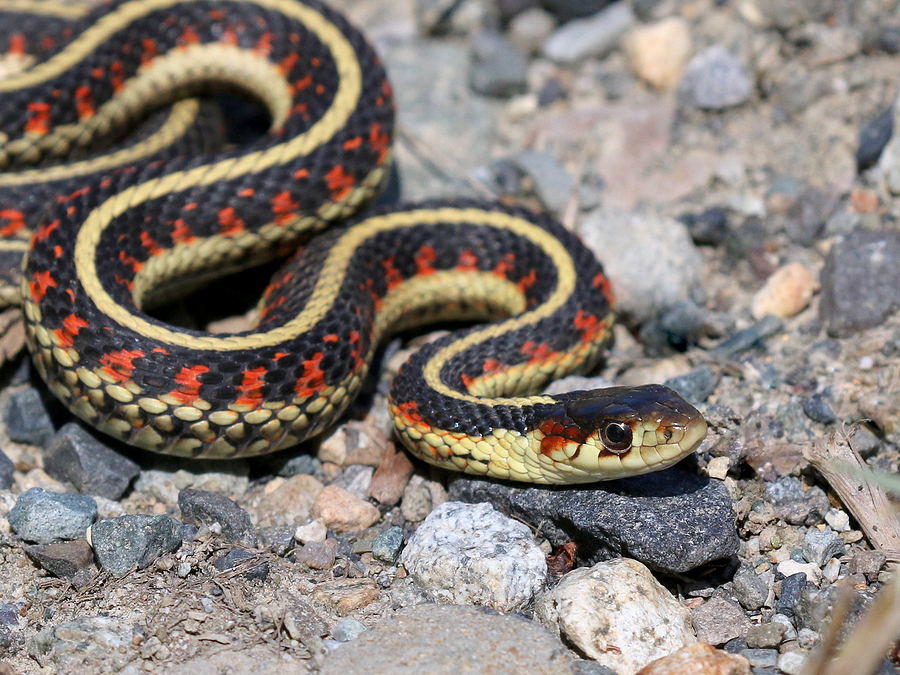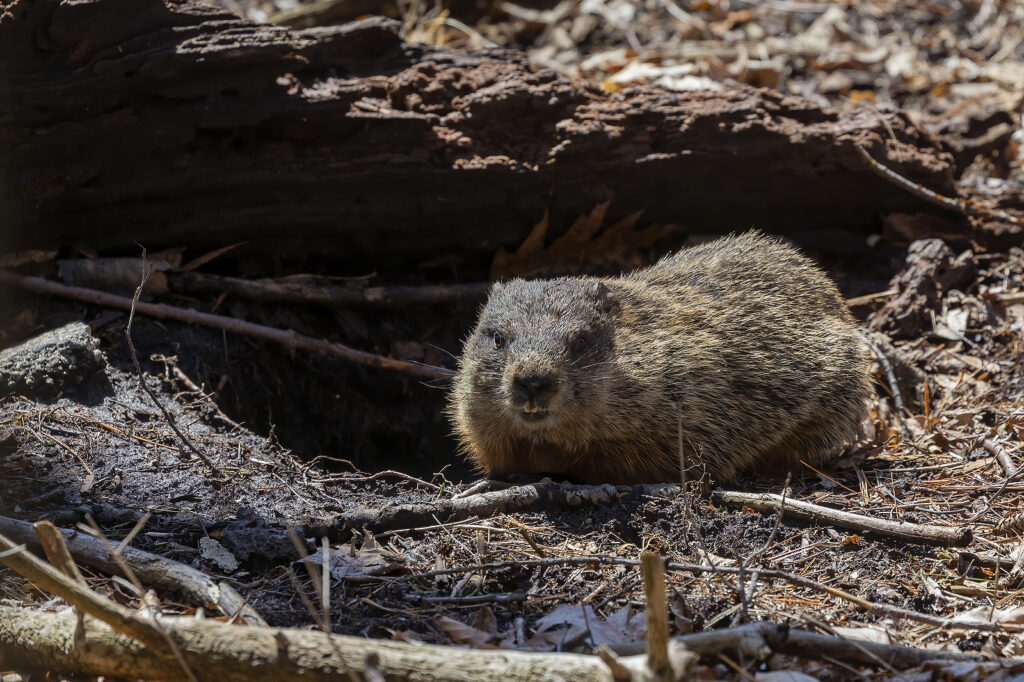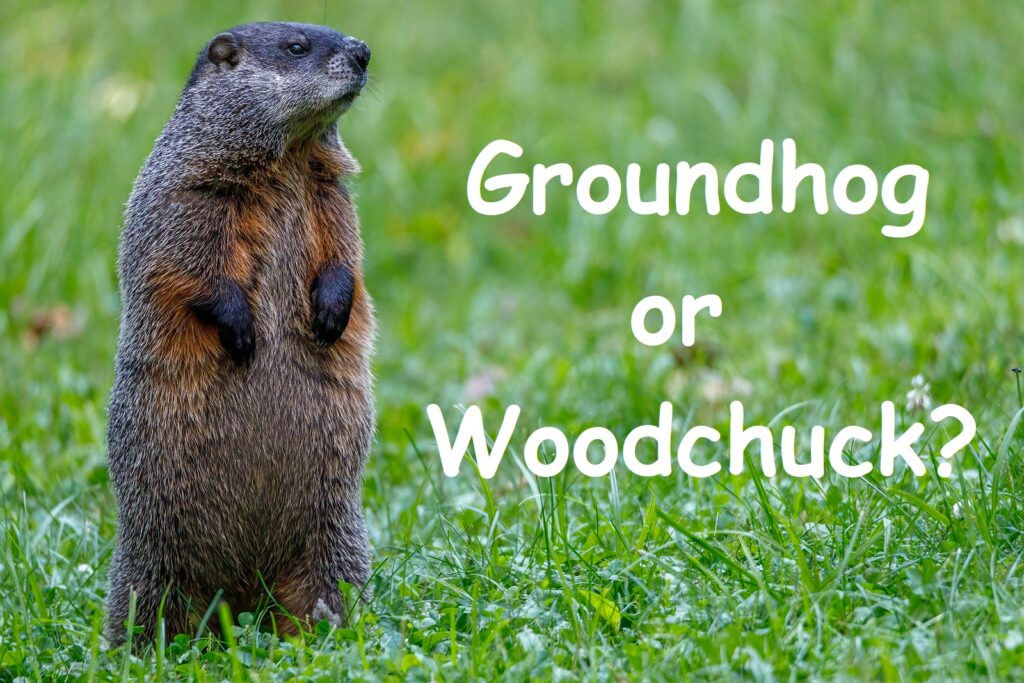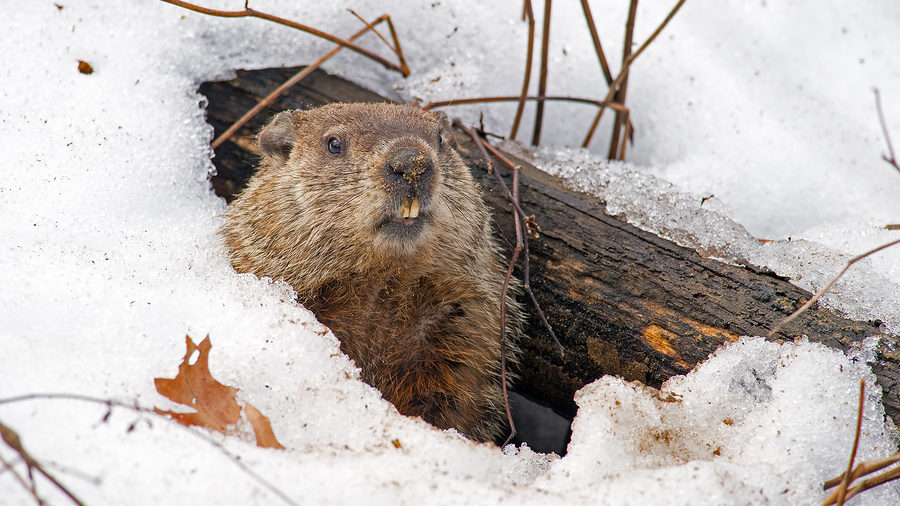From the vast plains of the Serengeti to the dense canopies of the Amazon Rainforest, herbivores are a vital pulse within the heartbeat of our planet’s diverse ecosystems. These creatures play a significant role in maintaining the balance of nature by converting the sun’s energy, captured in plant materials, into a form that can be harnessed by the rest of the food chain. Yet, often overshadowed by their more ferocious carnivorous counterparts, herbivores are the silent architects of our environment’s health and stability.
In this comprehensive exploration, we’ll traverse the world of herbivorous animals, their unique characteristics, their impact on regional ecosystems, and their fascinating interconnections with plants and other animals. Whether you’re an animal enthusiast, a student of ecology, or simply someone with a curiosity for the natural world, this blog post is your gateway to understanding the essential functions of herbivores and why their conservation is integral.
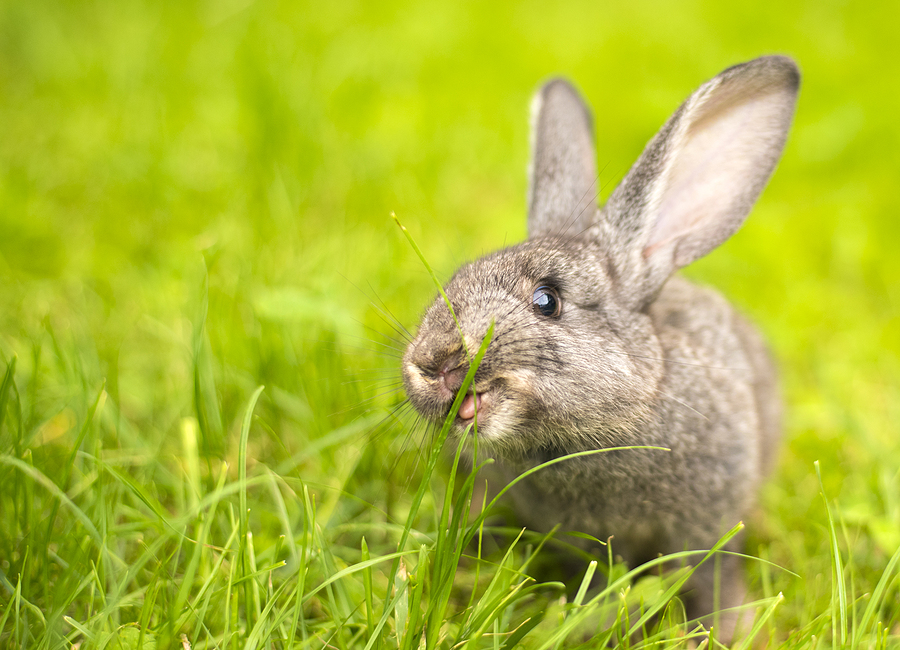
Characteristics of Herbivores
Plants and Greens
At the core, herbivores are creatures whose primary diet consists of plant material. This dietary choice stems from a combination of factors, including the availability and accessibility of plants and evolutionary adaptations within a specific species. To subsist on a diet that often comprises materials tough in cellulose and low in nutrients, herbivores have evolved impressive anatomical and physiological mechanisms.
Specialized Bodies
From the specialized teeth of rodents and ungulates to the complex multi-chambered stomachs of ruminants, herbivorous animals have a spectrum of adaptations dedicated to efficient plant consumption. These include molars for grinding, long digestive tracts for maximized nutrient absorption, and even unique enzymes capable of breaking down plant cell walls.
Biological Evolution
The diet of an herbivore often dictates its requirements for defense and search mechanisms. Some have evolved natural camouflage, while others travel in herds to increase vigilance against predators. The quest for plant matter can also influence migratory behavior, as seen in animals like wildebeests that follow the seasonal cycles of grazing.
The Herbivore in the Food Chain
Herbivorous creatures serve as the crucial link between producers (plants) and consumers (carnivores) in the food chain. They are primary consumers, which means they obtain their energy by eating primary producers—often being the first consumer in a food Web. Their role in energy transfer is monumental, as it’s herbivorous animals that bridge the transfer of energy from the sun to the herbivores, then to the carnivores, and ultimately to decomposers.
Types of Herbivorous Species
Grazers vs. Browsers
Grazers and browsers are two primary feeding strategies amongst herbivores. While grazers (such as deer and antelope) feed primarily on grasses, browsers (like giraffes and koalas) reach into the higher vegetative layers, consuming a variety of leaves, fruits, and even bark. This nuanced differentiation has cascading effects on plant growth, population dynamics, and ecosystem structure.
Specialists vs. Generalists
Some herbivores are specialists, which means they feed on a narrow range of plant species, while others are generalists, capable of consuming a wide variety of plants. The distinction between these categories often highlights the intricate balances and co-evolutionary relationships between herbivores and the vegetation they rely on.
Herbivores and Surrounding Ecosystems
The Impact on Vegetation
Herbivores play a crucial role in shaping the abundance and distribution of plant life. By consuming certain plants, they prevent dominant species from overrunning others, thereby fostering greater diversity. This selective feeding pressure can influence the evolution of defense mechanisms within plant species, from thorns to chemical deterrents.
Synergistic Relationships
Certain herbivorous animals have formed synergistic relationships with the plants they feed on. The classic example is pollination, with species like bees and butterflies transferring pollen from plant to plant while seeking nectar. In doing so, both the herbivore and the plant ensure the continuation of their species.
Herbivorous Animals as Prey
Herbivores are also a primary food source for predators, and their role as prey is integral to the survival of numerous species. The concept of ‘trophic cascades’, where the removal or addition of a predator affects the abundance and behavior of herbivore species, has profound implications for the stability of ecosystems.
Interesting Facts About Herbivore
Behaviors that Support Survival
Beyond their diets, herbivorous animals are known for a wide array of fascinating behaviors that further their chances of survival. From the complex social structures of elephants to the self-medication practices of primates, herbivores continually surprise researchers with their intelligence and adaptability.
Co-Evolution with Plants
The relationship between herbivores and the plants they consume is not one-sided. Co-evolution has led to a dynamic interplay, with plants developing strategies to ensure their survival against herbivores, such as timing of seed release, growth patterns, and biochemical defenses. Similarly, herbivorous animals have evolved methods to counter these defenses, contributing to an elaborate dance of adaptation and response.
Herbivores in Different Environments
Specialists of the Ecosystem
Herbivores are remarkably adaptable and can be found in nearly every terrestrial and aquatic habitat on the planet. This adaptability is often linked to the availability of food and resources, and different environments give rise to unique herbivore species that are perfectly suited to their niches.
The Ocean’s Grazers
While terrestrial herbivores may be more familiar, marine herbivores are a critical component of oceanic food webs. From the smallest zooplankton to the mighty blue whale, these underwater grazers are just as important in their role of converting photosynthetic energy into a source of sustenance for the marine ecosystem.
Conclusion
Herbivores are more than just plant eaters; they are architects of ecosystems, shapers of landscapes, and stewards of biodiversity. Their conservation is paramount, for without them, the intricate balances of the natural world would be disrupted, leading to far-reaching consequences for all life on Earth.
The next time you witness a herd of grazing wildebeests or a solitary elk browsing amongst the trees, take a moment to recognize the significant role these creatures play in the symphony of nature. Their harmonious coexistence with plants and other animals is a testament to the delicate web of life that we all depend on.
Are you dealing with some herbivorous animals that are tampering with or coming too close to your Tennessee property? Contact Budget Animal Removal at 615-337-9165 for TWRA licensed and insured Nashville, Tennessee animal removal for animal moles and more. We serve commercial clients too.
Related Posts:
Tips for Keeping Opossums Out of Your Yard and Garden
Common Household Ingredients That Will Repel Nuisance Wildlife
Are You Searching for Nashville Tennessee Critter Control?

